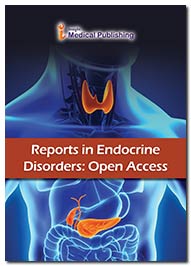Role of CHVs in Improving on Prevention and Control of Pneumonia in Nairobi County, Kenya
Abstract
The world health organization confirms that Pneumonia is the leading cause of morbidity and mortality in children under 5 years. Pneumonia poses risk factors e.g. undernutrition, sub optimum breastfeeding and zinc deficiency. Through Amref & GsK Partnership, Amref Health Africa trained community health workers on diagnosis, management and control of Pneumonia. The project had both protective and preventive strategies at the community level. Advocacy initiatives also in place to increase public awareness for management monitoring and evaluation to generate data for practice and policy change. Both face to face and m-Learning approach was used to train community health workers on effective management of Pneumonia in kasarani and Embakasi sub counties. An evaluation of the training project wanted to find out the effect of training community health workers as well as document lessons learnt and best practices. 6591 pneumonia infected children under 5 years enrolled on treatment and 55% of them on follow up through CHVs. 814 health care workers were trained on Pneumonia through a blended approach. 2396 people were reached through Pneumonia education. There is improved adherence to treatment by community members. Observed reduction in admissions because of complications of pneumonia. There is also improved patient tracing and referral to the health facility. Training of community health workers is essential towards effective management and control of Pneumonia. Community dialogue days are important for information sharing & education among caregivers on prevention and management of Pneumonia.Community engagement is key in identification, education, referral and follow up of patients.
Open Access Journals
- Aquaculture & Veterinary Science
- Chemistry & Chemical Sciences
- Clinical Sciences
- Engineering
- General Science
- Genetics & Molecular Biology
- Health Care & Nursing
- Immunology & Microbiology
- Materials Science
- Mathematics & Physics
- Medical Sciences
- Neurology & Psychiatry
- Oncology & Cancer Science
- Pharmaceutical Sciences
